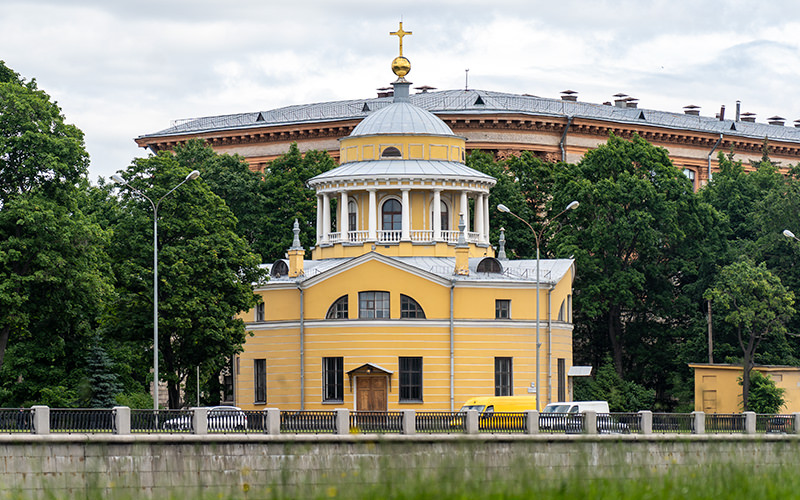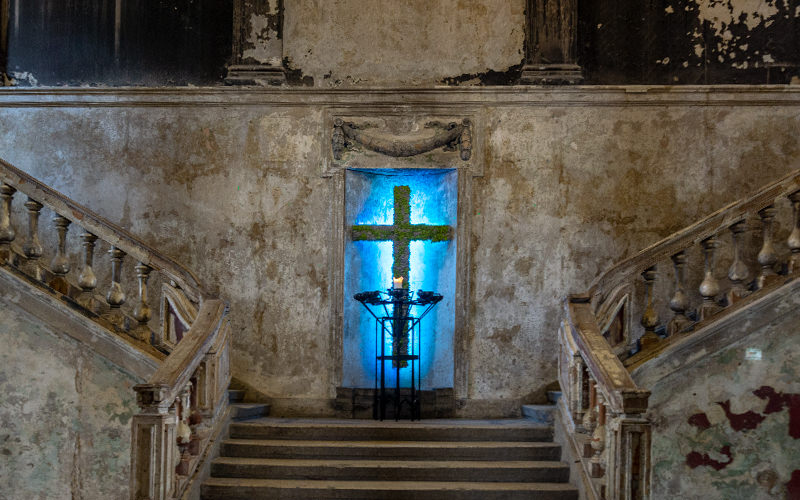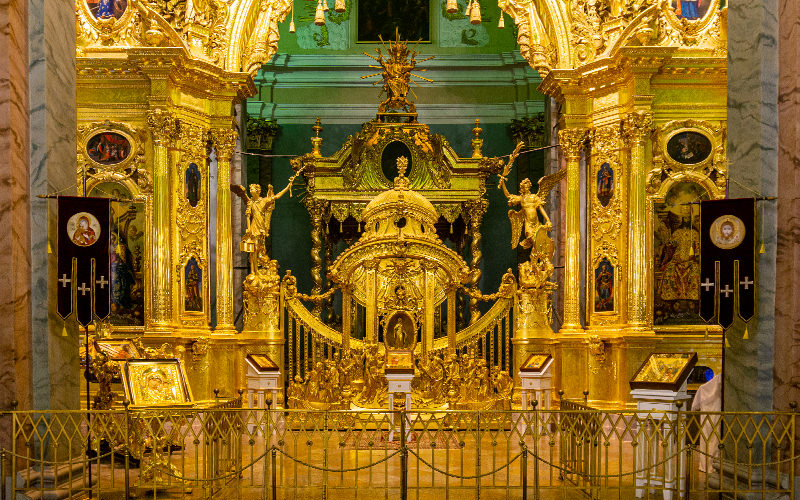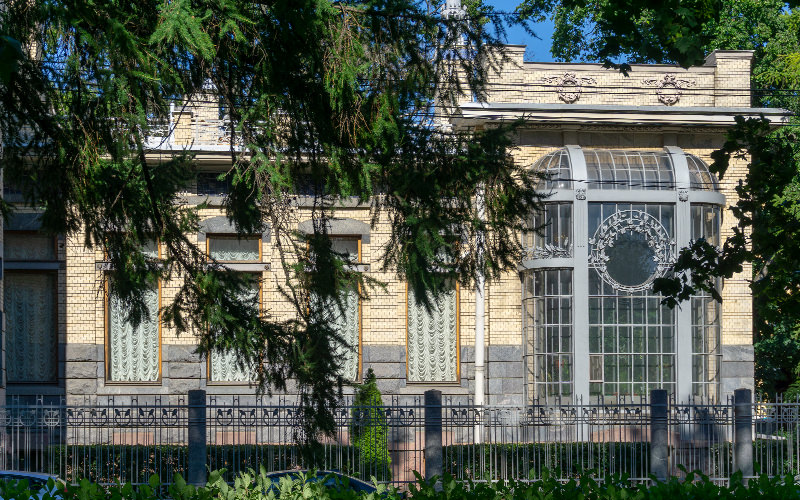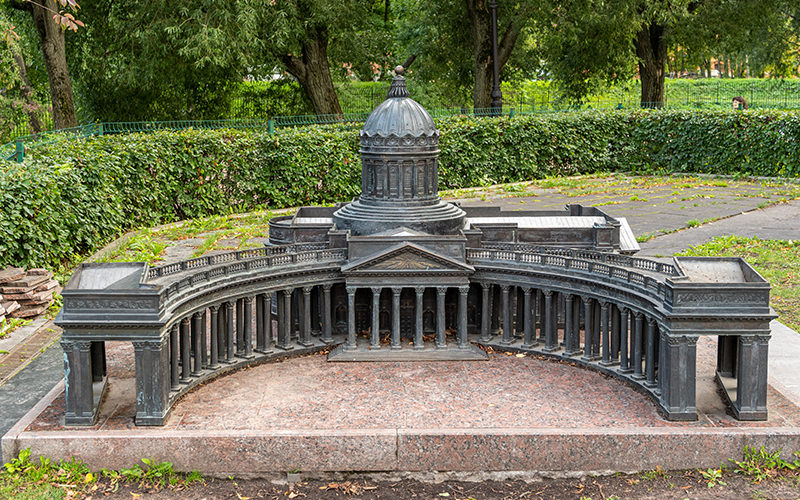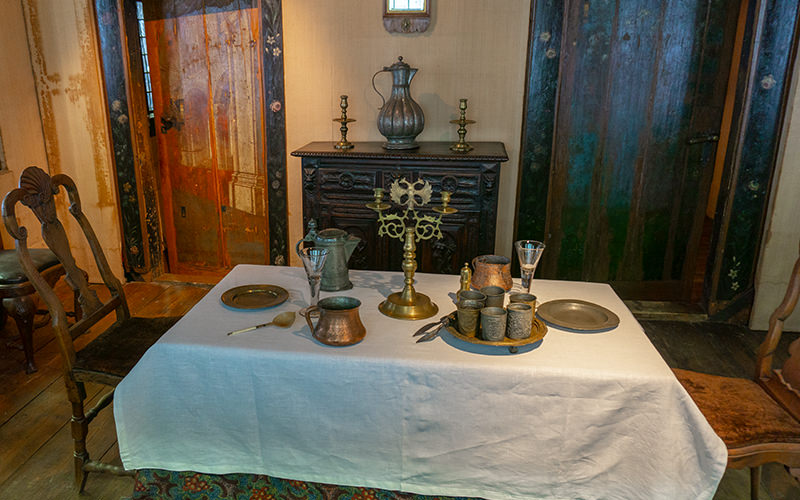The Petrograd Side of Saint Petersburg is a true open-air museum of architecture. While walking through this part of the city, you can see both some of its earliest buildings and unique architectural monuments of the past century. Today, I invite you to head to the southern part of Petrogradsky Island to see one of its brightest and most monumental landmarks — the Saint Petersburg Grand Mosque.
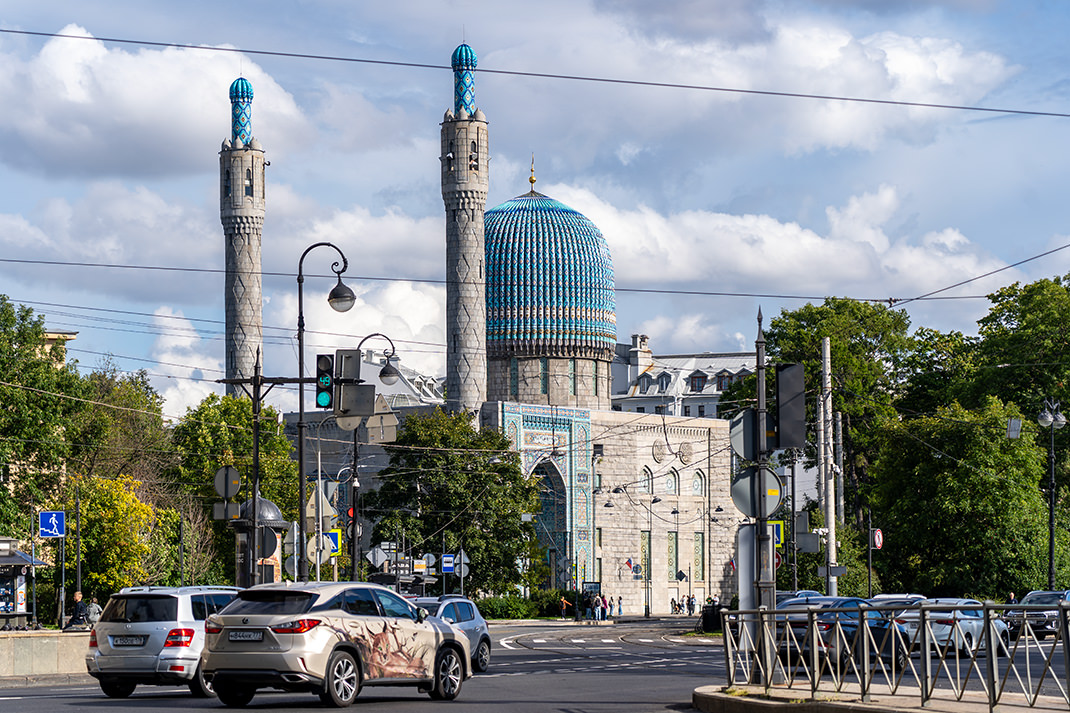
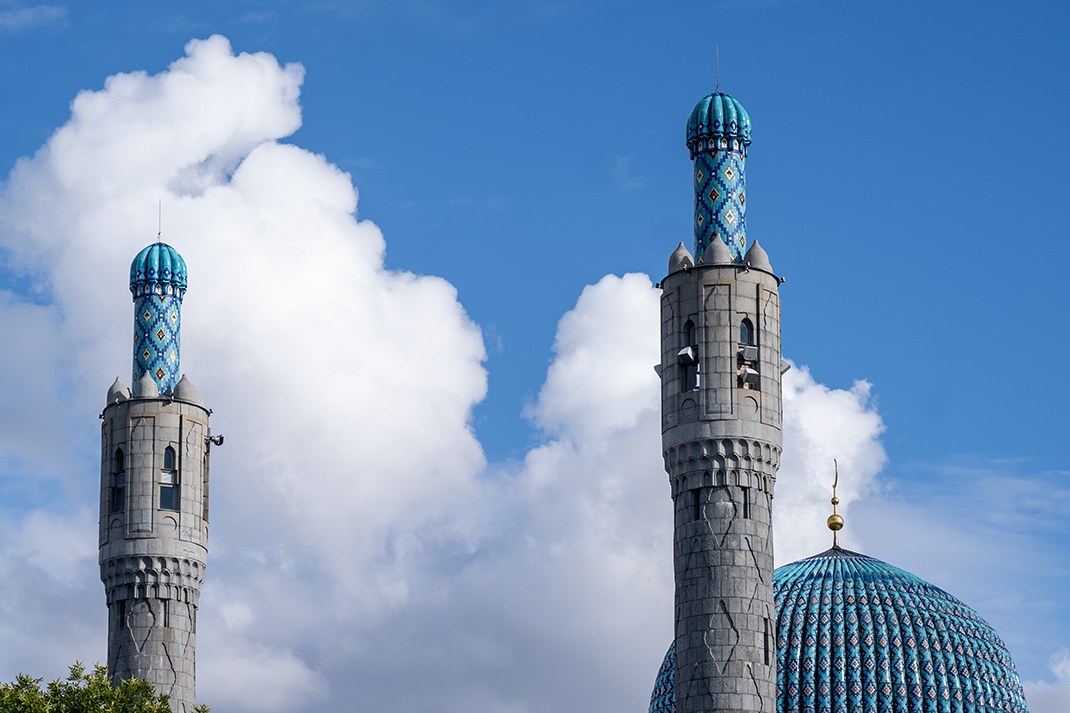
History of Construction
The “Committee for the Construction of the Grand Mosque” in Saint Petersburg was established on November 5, 1905, and included 20 members. The organization’s budget began to form two decades earlier — by that time, 53,711 rubles had been collected. Donations came from all over the country, and in the very first year of operation, another 103,035 rubles were raised. To increase the fund, the committee sent representatives to different regions, organized public fundraising known as “cup collections,” and even printed postcards depicting the mosque’s design.
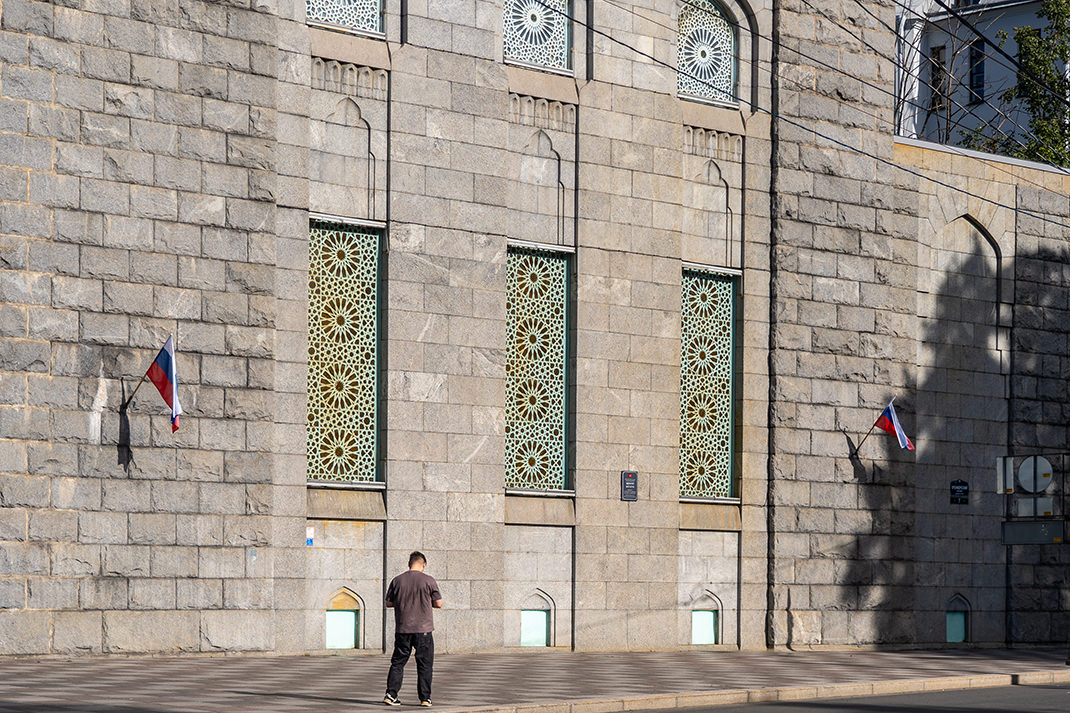
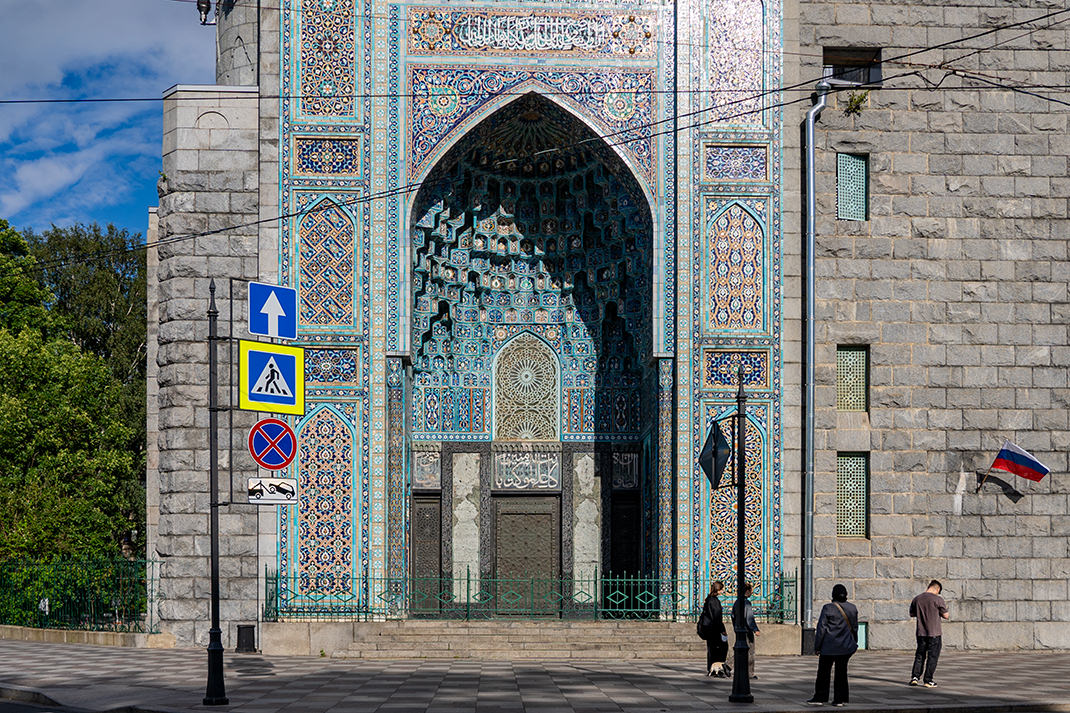
Two adjacent plots near Trinity Square were allocated for construction. The funds to purchase them were provided by the Emir of Bukhara, Said Abdul Ahad. Interestingly, newspapers of that time wrote that the Muslims had bought the land for 800,000 rubles — in fact, it cost two and a half times less.
The mosque project was approved by the City Council and the Emperor in 1909. The architects were N. V. Vasiliev, S. S. Krichinsky, and A. I. von Hohen. Construction began that same summer. One of the architects, S. S. Krichinsky, also designed the House of the Emir of Bukhara — one of the most distinctive buildings on Kamennoostrovsky Prospekt.
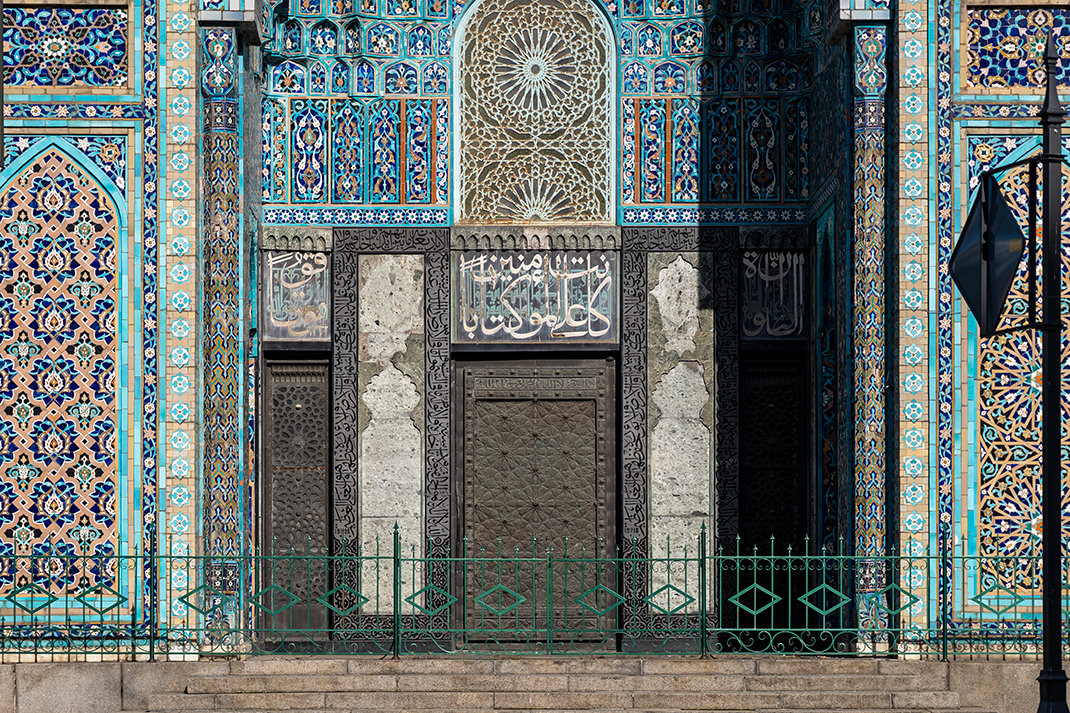
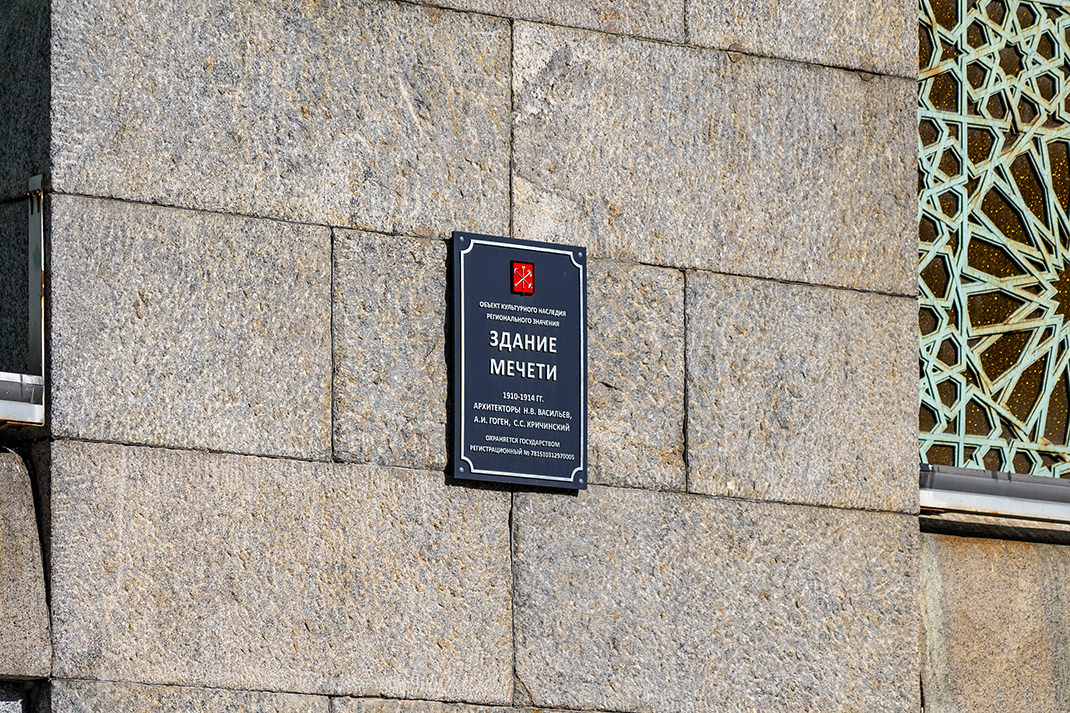
The main prototype for the mosque was the Gur-Emir Mausoleum, which I mentioned in my stories about Samarkand. The architects openly acknowledged their inspiration: N. V. Vasiliev’s project was even titled “Timur.” Amir Timur (Tamerlane) himself is buried in Gur-Emir. Craftsmen from Central Asia worked on the mosque’s decorative elements, and the tiles were produced at P. K. Vaulin’s factory.
The first prayer service was held here in 1913, but interior finishing continued for another seven years.
In 1939, the mosque was closed and used as a warehouse for about 15 years. It was returned to the Muslim community in 1956.
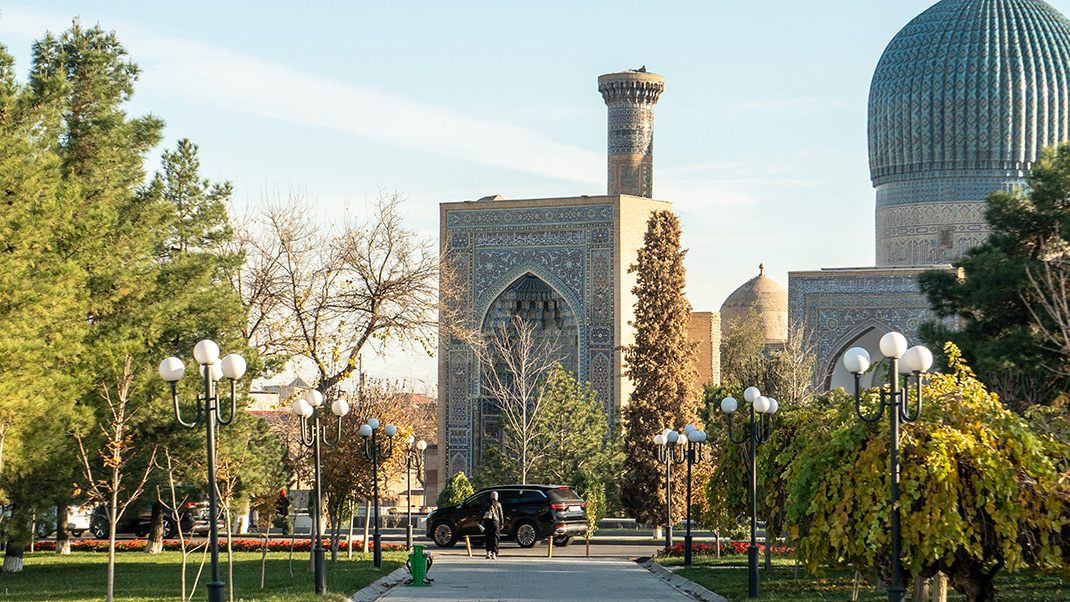
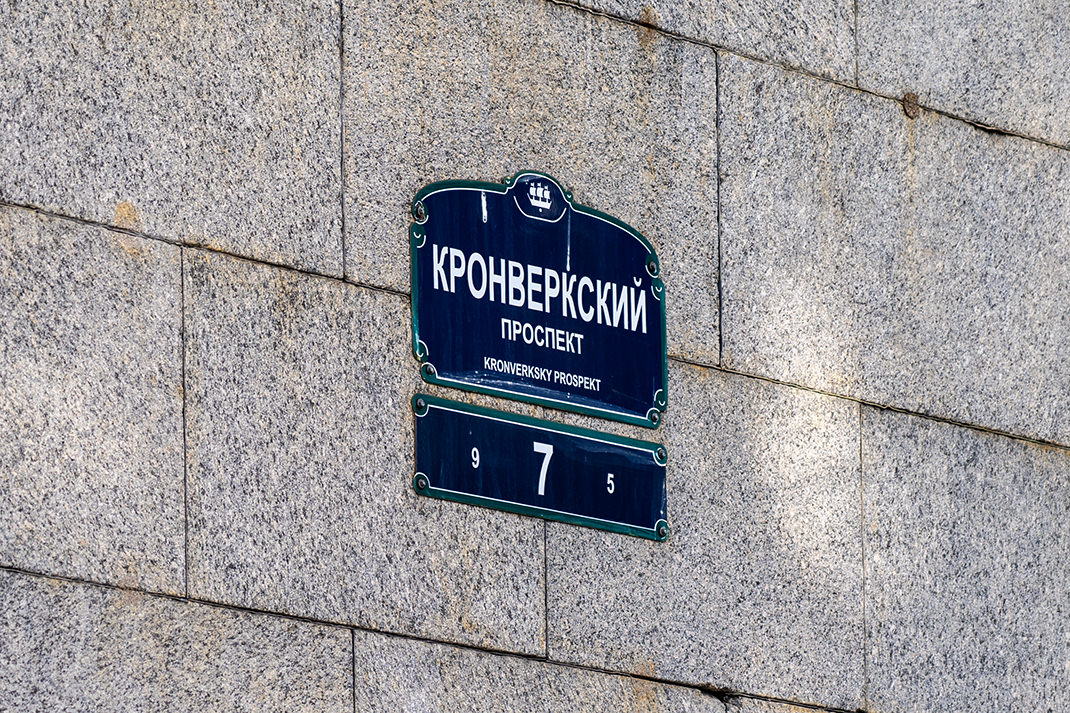
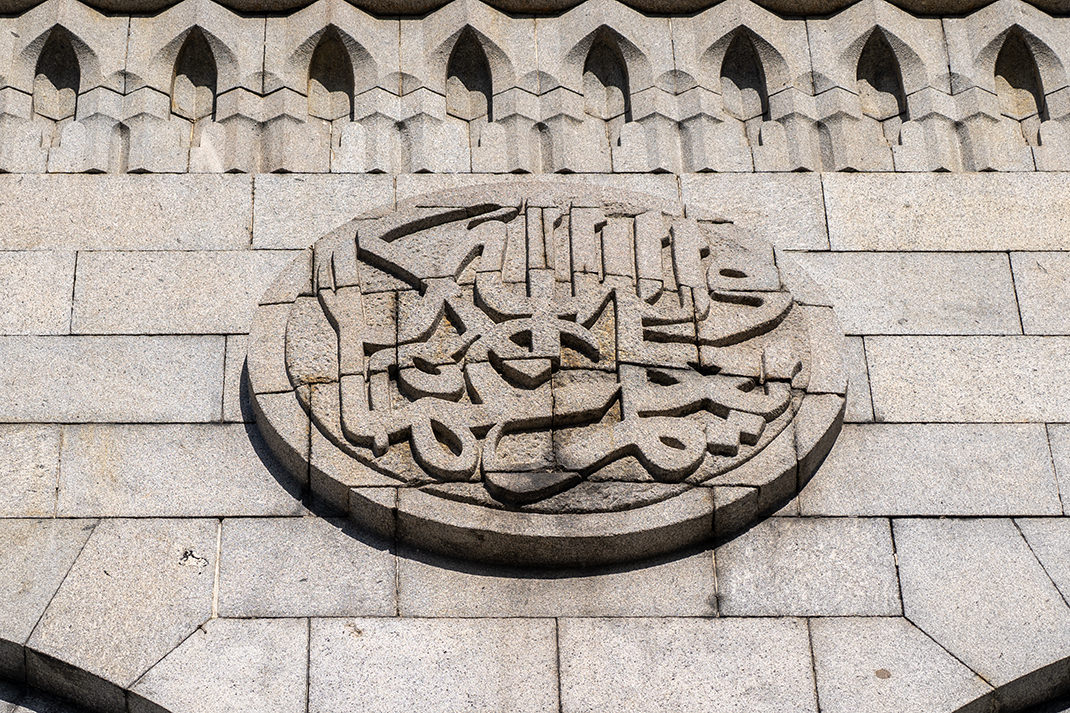
How to Get There by Metro
The mosque’s address is 7 Kronverksky Prospekt. It’s only a five-minute walk from Gorkovskaya metro station. I didn’t go inside, but I noticed that guided tours are available. If you’d like to learn more about this landmark, check the complex’s official website for event information.
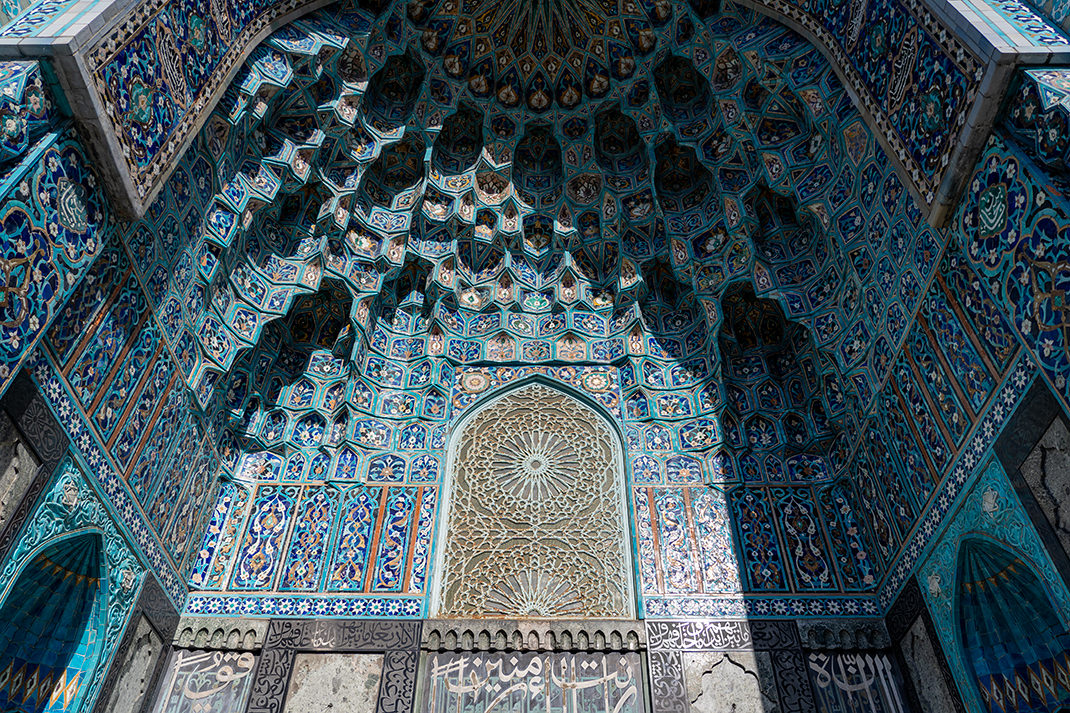
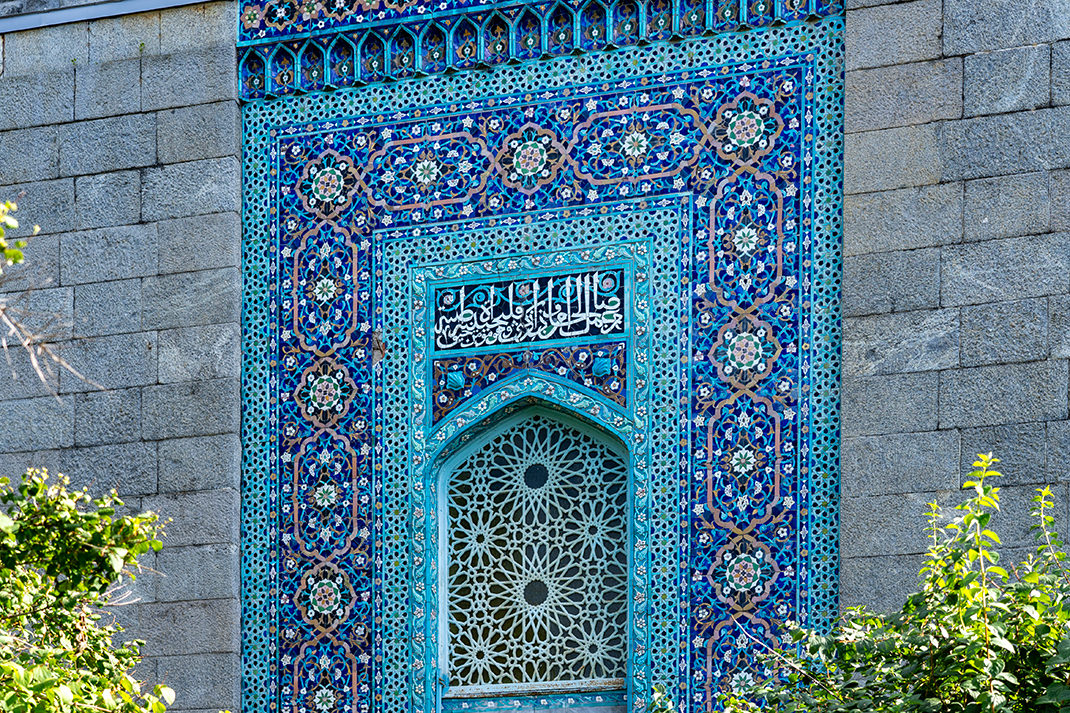
The mosque is conveniently located near many other historical landmarks, so you can plan a walking route around the area to fill an entire day. Nearby are the Mansion of Matilda Kshesinskaya, Peter the Great’s Cabin, and the Cruiser Aurora.
Have a nice trip!


